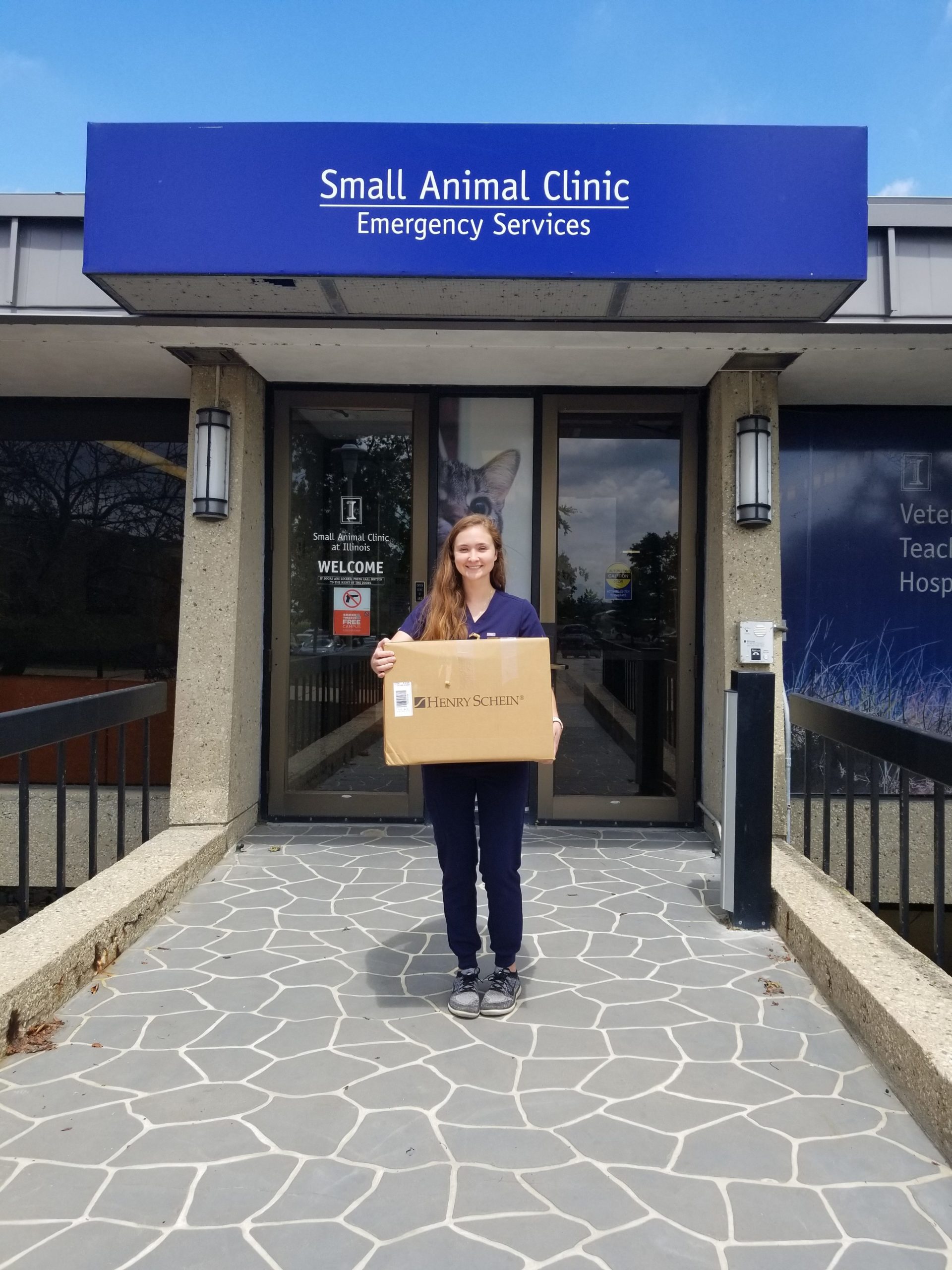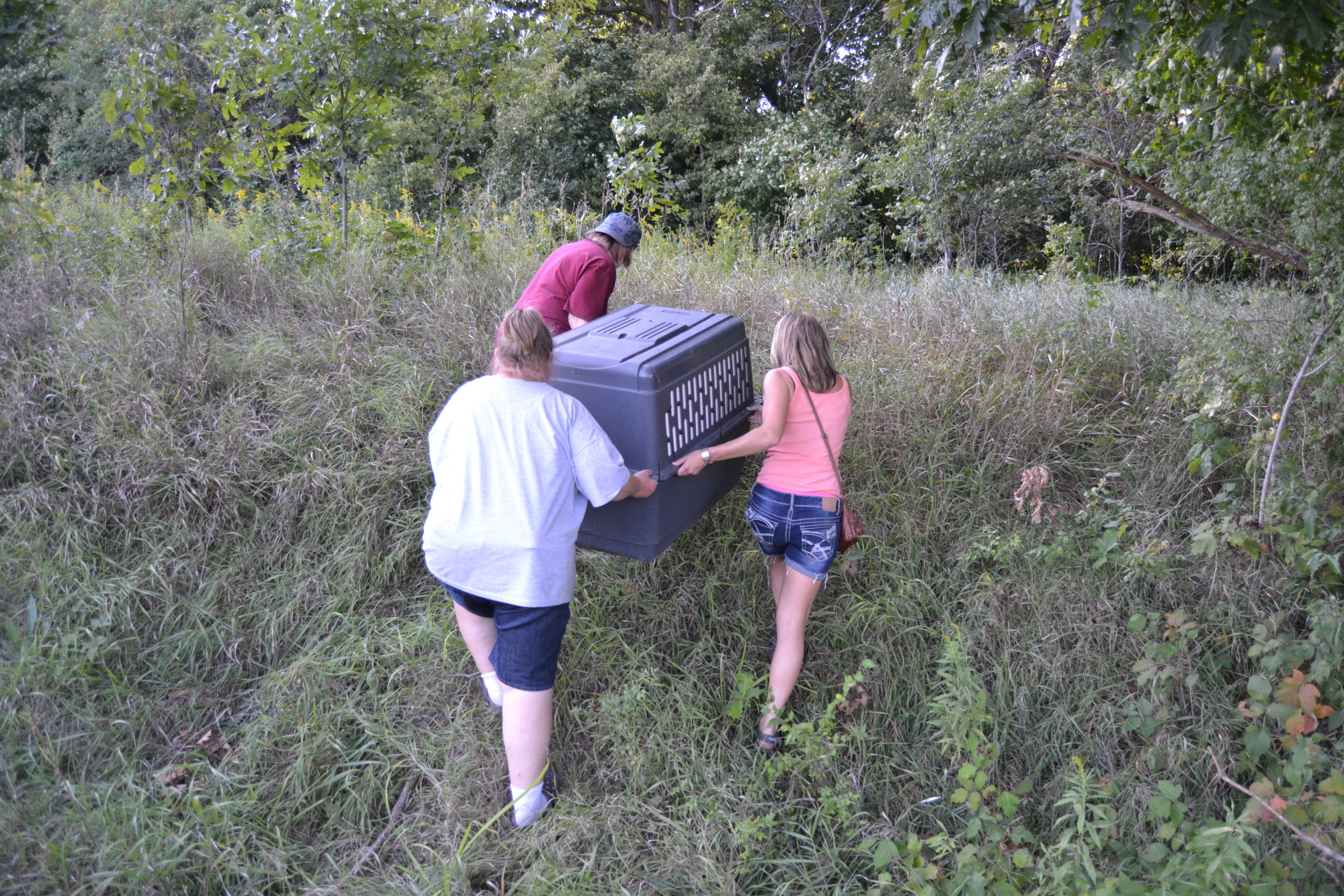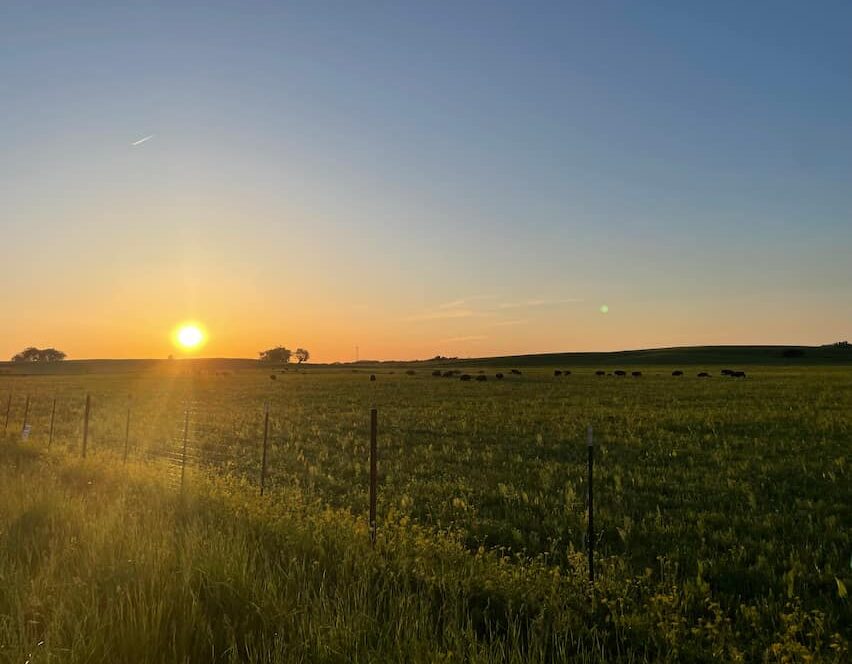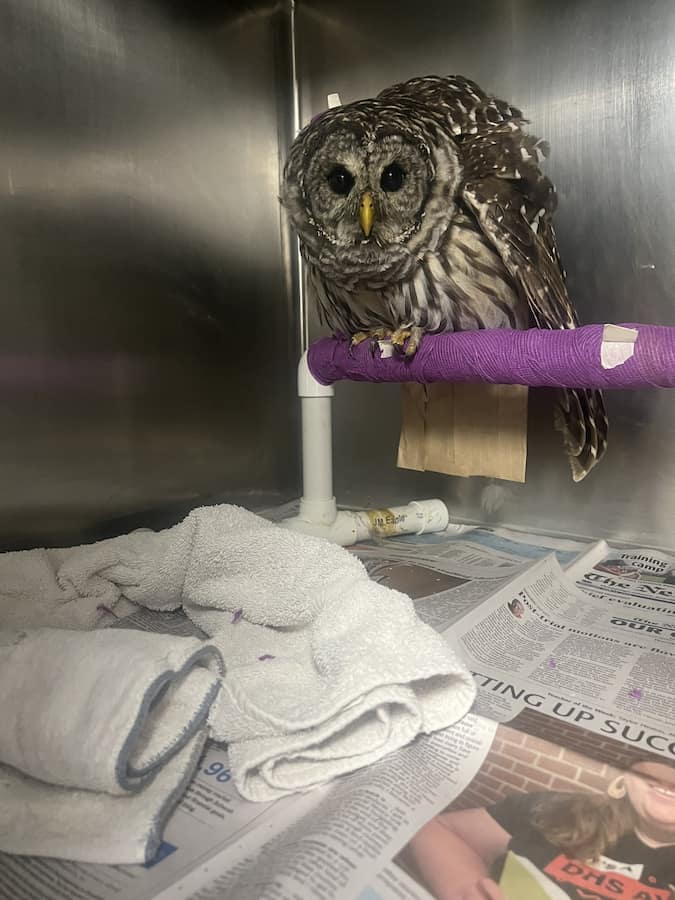We can all agree that our wildlife patients are beautiful, interesting, and yes, sometimes incredibly adorable. Many (let’s be honest, all) of our patients are just the cutest! While everyone has the desire to cuddle with wildlife at one point or another, we have to remind ourselves of the many reasons why that is a dangerous action to take. One of our recent admitted patients, a lively Canada goose, is a prime example of why proper safety precautions are so important.
The Canada goose is what some may call a frequent flyer in our clinic. We received 60 goose patients in 2018 alone! This week, we acquired a goose with nondescript signs of an unknown illness. Like any budding veterinarians would do, the team elected to look through it’s poop for any clues.
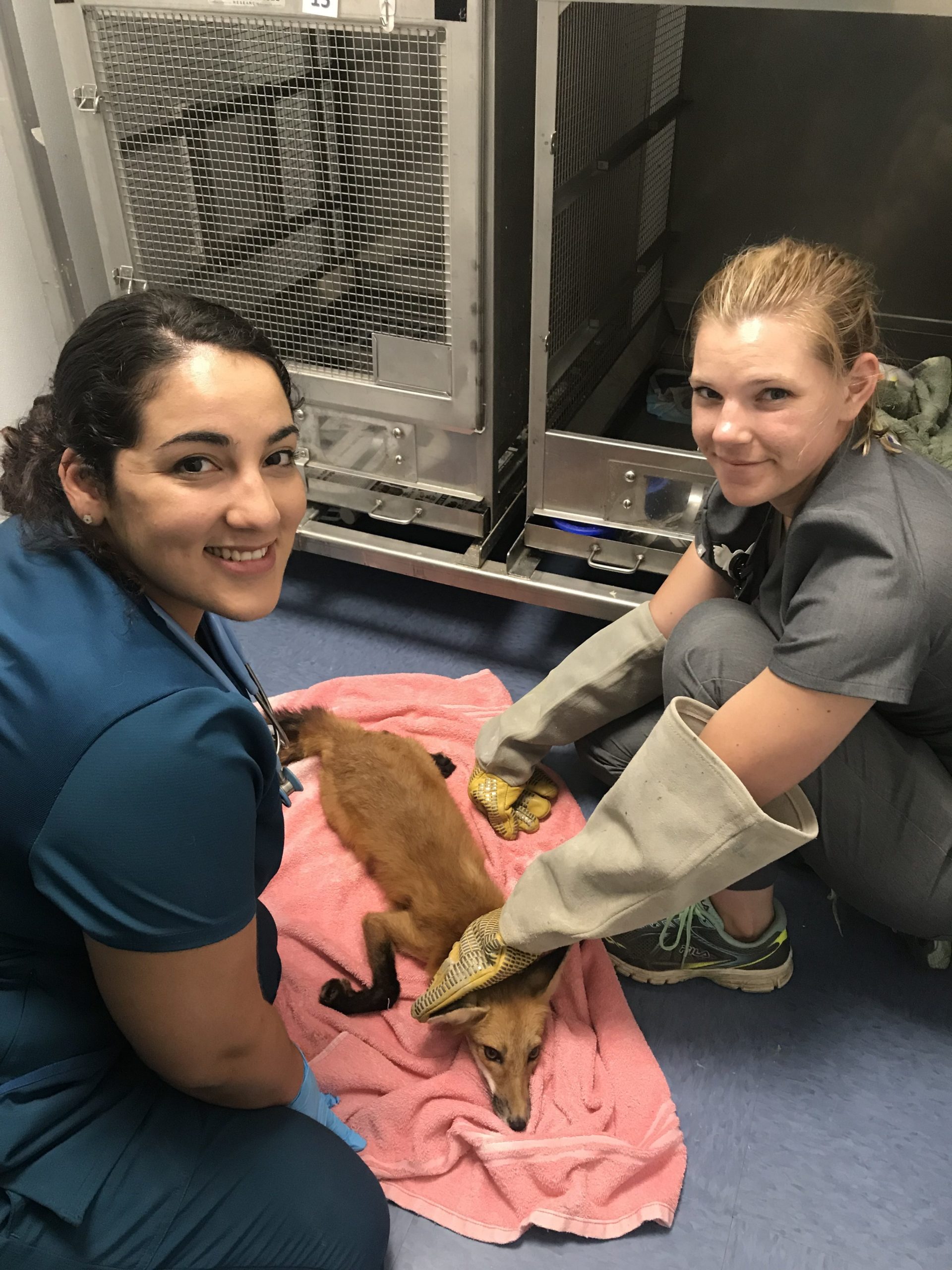
What they found, while potentially very dangerous for humans, is actually very normal in wildlife: PARASITES. Most of the wildlife patients we receive in the Wildlife Medical Clinic have some form of these little creatures in their system and live long happy lives even so. Where problems begin to arise is when an unsuspecting person simply trying to help accidentally comes into contact with a harmful zoonotic (transferrable to humans) parasite. Wildlife has adapted to live with these microscopic organisms, but unfortunately, they can cause issues in humans ranging from diarrhea, all the way to serious infectious diseases requiring hospitalization.
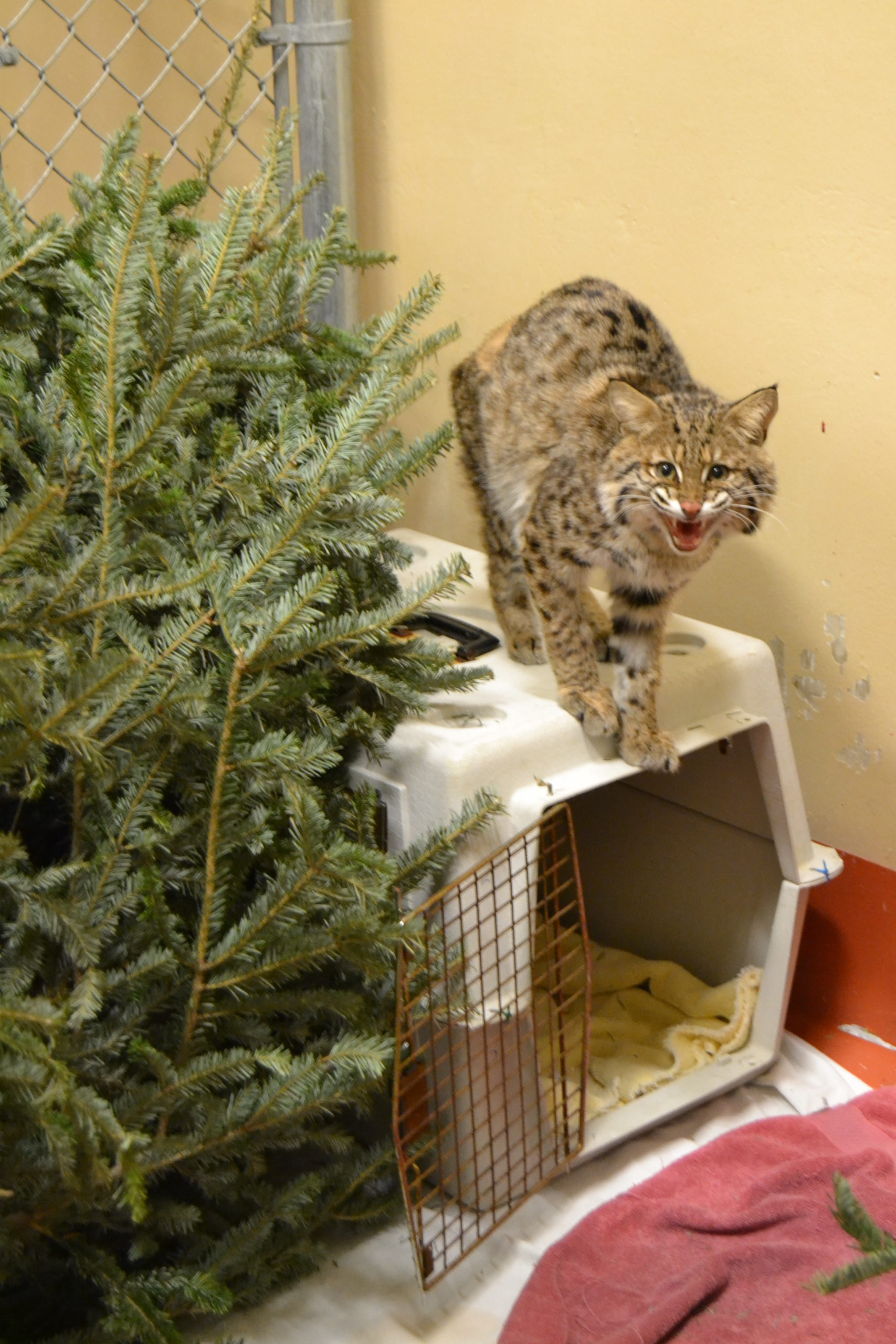
An overwhelming majority of our patients are brought in by you, our caring community members, and we want to keep both our patients and the community healthy. So, what can you do about it? Protect yourself!
- Step #1 – Do not cuddle or attempt to handle wildlife
- Step #2 – When capturing an injured, sick or orphaned animal, wear gloves and utilize a blanket/towel/box to minimize your contact with the animal. This will help to protect both yourself and the animal during the encounter
- Step #3 – Wash your hands after any encounter with wildlife
When in doubt, we are always happy to answer questions about the best method to capture and transfer an animal to our clinic. Overall, we could not do our job without the watchful eye of our community members, and we have the health of everyone at the forefront of our minds. Follow the steps above to keep both patients and finders (you!) safe to meet the next day healthy and happy!
By Jamie Booth, College of Veterinary Medicine Class of 2023

